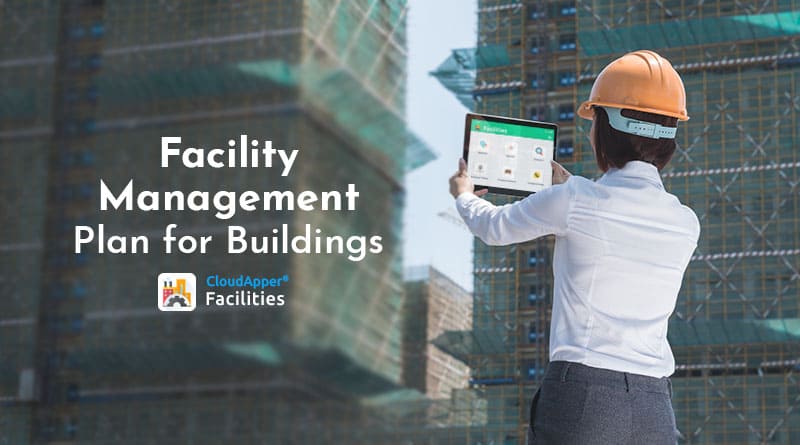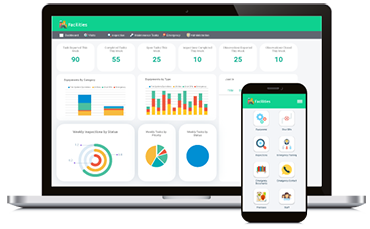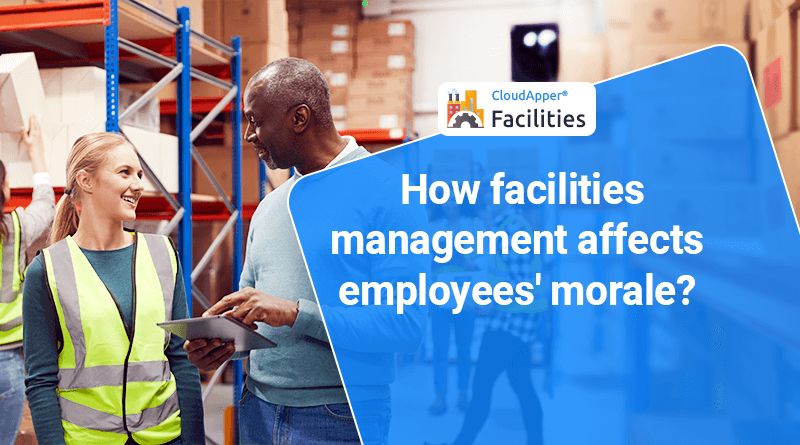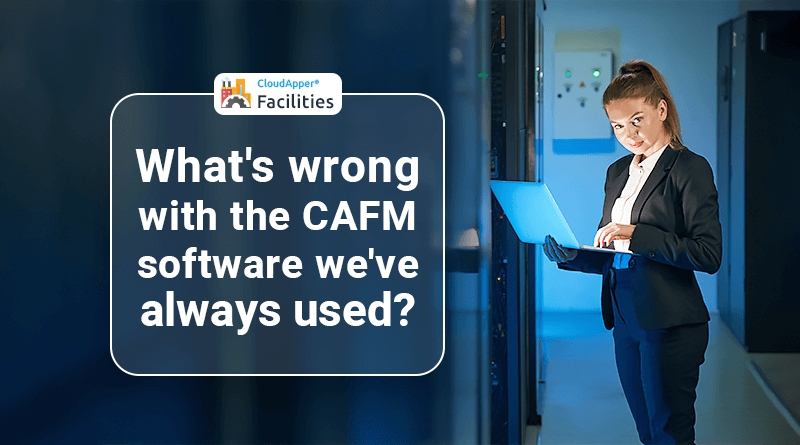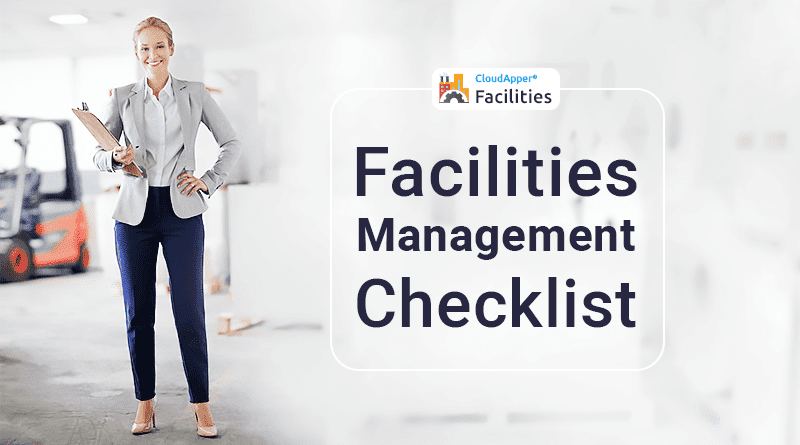Table of Contents
Planning is one of the main principles behind running a successful business, so if you want to be on the winning side, you need to start anticipating the requirements and expenses. Otherwise, you’ll end up constantly “putting out fires” here and there, which is not only inefficient—but also can be very costly.
As a facility manager, you should have a detailed and well-thought-out facility management plan for your buildings. It should be made by keeping a strategy for essential asset (typically the expensive ones) maintenance and their service life extension. Establishing and following a facility management strategy can help avoid the unexpected shutdown of these assets and make sure that they are performing at the peak of their ability.
In case if you already have a facility management plan in place, but did you evaluate it recently? When was the last time you have evaluated it? In today’s article, we’ll look at how you can modernize your facility management strategy with the help of CloudApper Facilities for building and facility management to increase the efficiency of operations and maintenance in facility management—and deliver a cost-effective approach to improve bottom-line profitability.
Traditional Facility Management Planning for Buildings
The facility management strategy for a building of any sizes covers the following three areas at least:
- The maintenance strategy: The facility management plan read the schedule for preventive maintenance of all-important assets like HVAC, fire safety systems, plumbing, and power management systems, as well as lifts and other heavy types of machinery for other equipment within the building. This kind of preventive maintenance plan minimizes the risk of unexpected system failures that can disrupt production—or worse, pose safety hazards to the workforce.
- Emergency plans: A facility management plan should also have mention of emergency management procedures to follow in the event of a system failure. Even with the most well-planned strategy in place, sometimes unexpected events occur; having an emergency plan in place is essential for these situations to minimize production downtime and ensure the safety and comfort of your workforce.
- Budgeting: The facility management strategy should also include a monetary plan for the maintenance needs and repair of equipment, and spare parts. Every piece of mechanical equipment has an estimated lifetime that is influenced by its maintenance pattern and workload; Facility managers should track that life span, and plan to utilize it for the most possible period. If a piece of equipment has an estimated lifetime of 20 years, a replacement fund should be allocated annually starting from its first year of operation in order to avoid budgetary issues at the end of its lifetime or last year of service.
The points we have discussed up to this point are mostly facility maintenance and traditional predicament planning and budgeting related. These are mostly exercised to minimize unexpected failures and manage building assets. In modern times, facility managers have started adopting more proactive strategies like predictive maintenance with regard to facility management using CloudApper Facilities.
A Modern Approach to Facility Management
Predictive maintenance is a proactive strategy that uses historical building and maintenance data analytics for effective decision-making with regard to facility management. It empowers building managers to design a facility management strategy that relies less on pre-planned manufacturer guidelines for maintenance and more on live operational performance data of machines and equipment. This results in gaining a better understanding of the condition of your assets, better prediction of issues and failures, and effective budgeting for future needs.
A modernized facility management approach looks more like this:
- Maintenance strategy: Compared to the preventive model, instead of following the equipment manufacturer guidelines for maintenance, a predictive maintenance approach uses CloudApper Facilities recent and historical data to monitor them. It provides real-time data about changes in power usage, temperature, vibration, and other parameters, so facility managers can verify all machinery is operating within usual ranges and give priority to those areas where they find any sign of an anomaly. This approach helps to create a more effective maintenance routine and ensures better use of resources and time.
- Emergency management: Rather than just relying on traditional preventive maintenance for noticing any major issues with machines and equipment, real-time data monitoring can point out when a particular piece of equipment is not operating normally and about to fail. This way you can address unexpected emergencies even before they take place. With the help of the CloudApper Facilities App, maintenance staff can enter and access machine data about your machine and equipment that can be compared and changes identified. Eventually, this data helps to avoid unexpected downtime and having to put costly contingency plans into action.
- Budgeting: To make the traditional method of budgeting more effective and realistic, CloudApper Facilities data provides additional information that allows decision-makers to more accurately design a budget for future facility management needs. Additionally, early identification of technical malfunctions can help you optimize the lifespan of your expensive equipment.
Ready to upgrade your facility operations for your building?
If you’re ready to start gathering real-time facility data as part of your new facility management strategy, checkout CloudApper Facilities now! We can help your company collect and analyze all the important facility information needed to predict and prevent unexpected failures before they happen.
What is CloudApper AI Platform?
CloudApper AI is an advanced platform that enables organizations to integrate AI into their existing enterprise systems effortlessly, without the need for technical expertise, costly development, or upgrading the underlying infrastructure. By transforming legacy systems into AI-capable solutions, CloudApper allows companies to harness the power of Generative AI quickly and efficiently. This approach has been successfully implemented with leading systems like UKG, Workday, Oracle, Paradox, Amazon AWS Bedrock and can be applied across various industries, helping businesses enhance productivity, automate processes, and gain deeper insights without the usual complexities. With CloudApper AI, you can start experiencing the transformative benefits of AI today. Learn More
